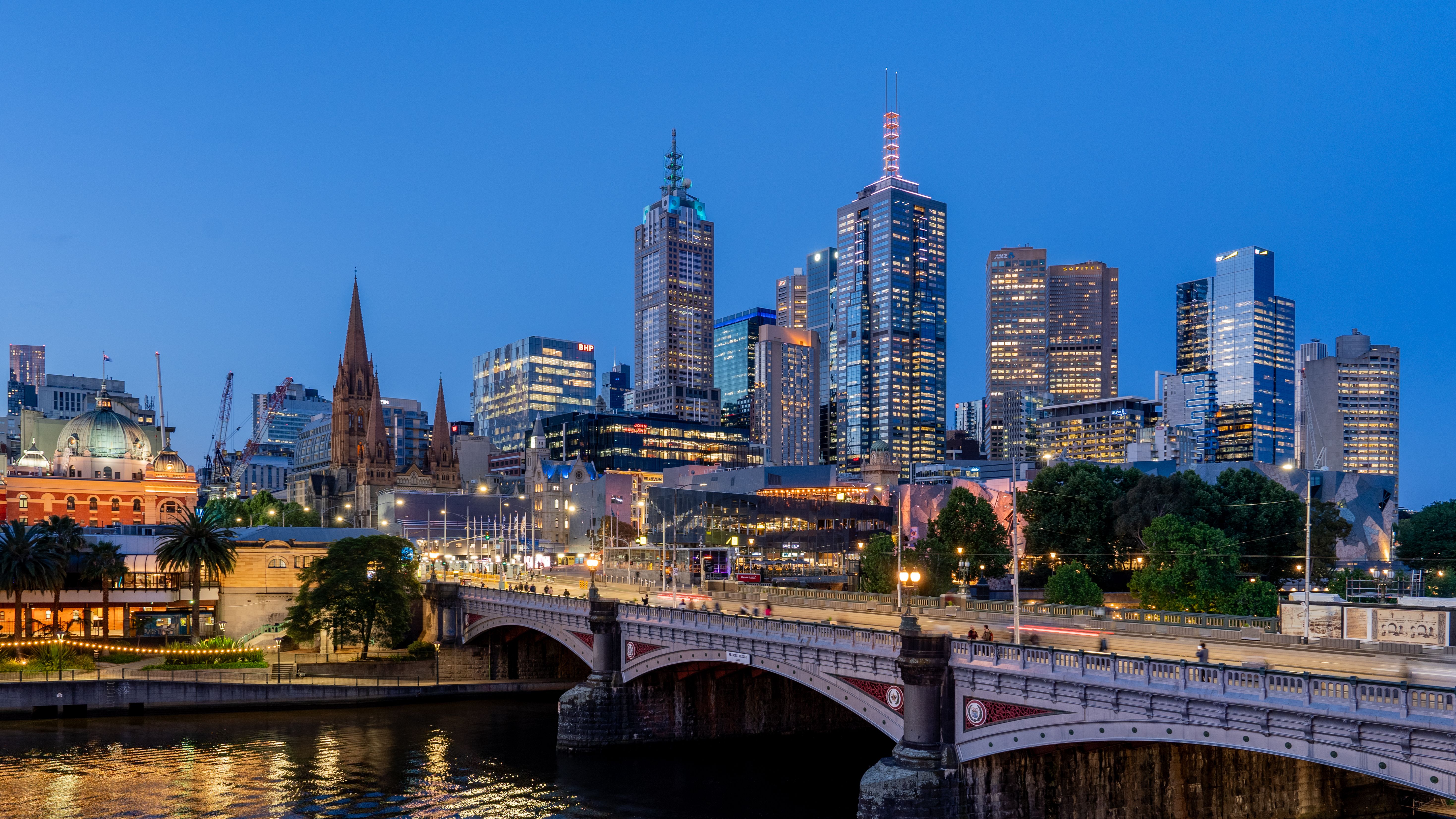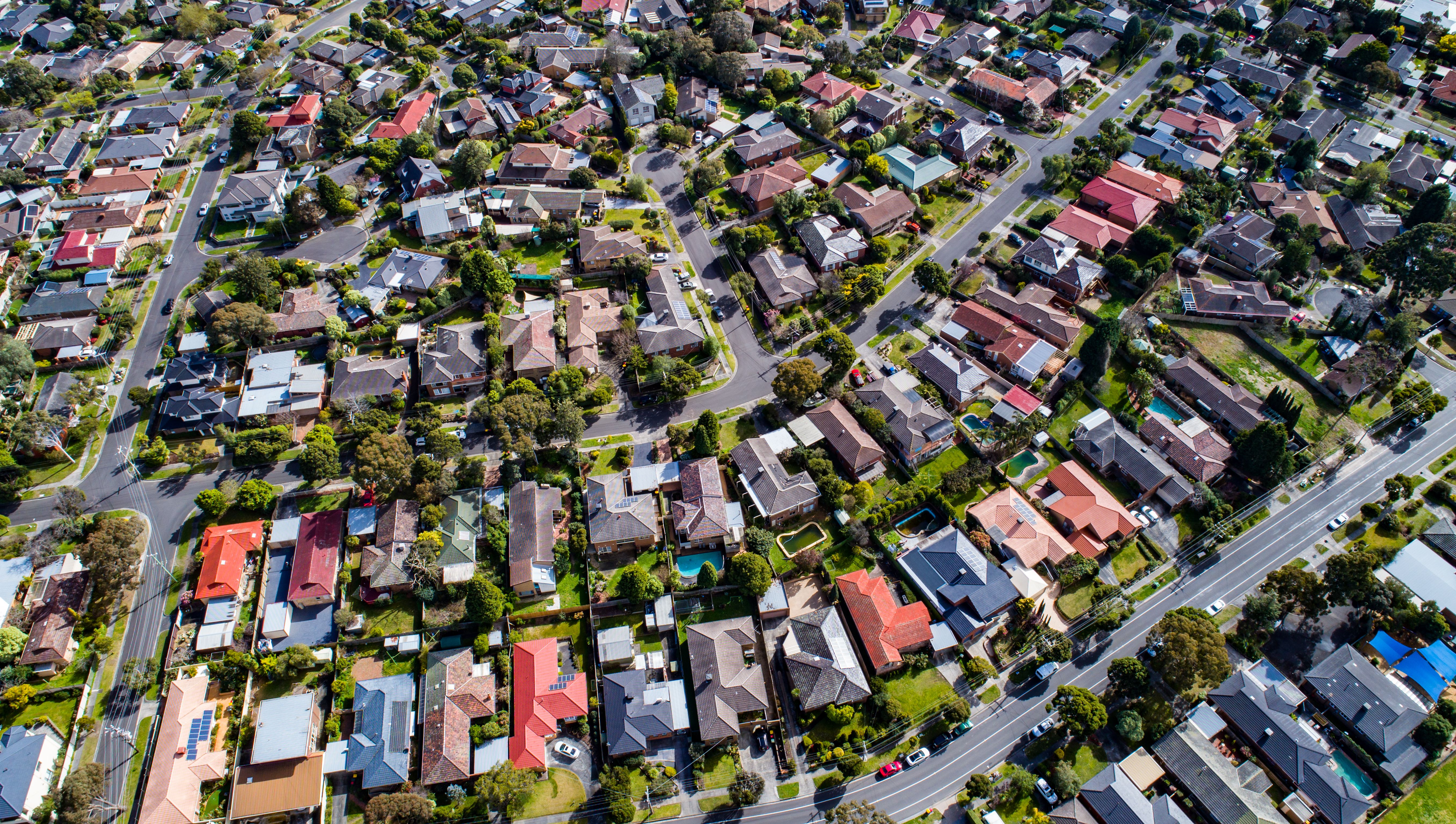If you’ve been sitting on the fence about buying in Melbourne, 2026 may just be your wake-up call. According to KPMG’s latest Residential Property Outlook, Melbourne is expected to outperform every other Australian capital city next year with projected house price growth of 6.6% and units tipped to climb 7.1%.
That’s not just a blip on the radar. For a typical Melbourne house at today’s median of $983,000, that’s an extra $64,878 in value by the end of 2026 or roughly $178 per day in capital growth.
And for units? A $609,000 apartment could see a $43,000 jump in value.
The problem is, you can’t buy yesterday’s prices tomorrow. The people who act now, before interest rates drop and buyer competition explodes, will be the ones reaping the rewards.
As a Buyers Agent powered by Leverage Listing, my job isn’t just to help you buy property, it’s to help you buy the right property, at the right time, in the right market cycle. And right now, the clock is ticking.
Why Melbourne Is Poised to Boom in 2026
KPMG’s chief economist, Dr Brendan Rynne, puts it simply: Melbourne is coming out of its post-COVID property slumber. The city’s affordability, lifestyle, and amenities are pulling both home buyers and investors back into the market.
Here’s what’s driving this:
- Affordability Advantage: Compared to Sydney’s million-plus median for units and houses well above $1.5M, Melbourne’s medians still offer relative value — and that gap is attracting both local and interstate buyers.
- Strong Unit Market Outlook: While houses will perform well, KPMG expects Melbourne units to see some of the strongest growth in the nation in 2026, second only to Darwin. For investors, that’s a signal of increasing rental demand and a shrinking supply pipeline.
- Rate Cuts on the Horizon: Economists are tipping at least two interest rate cuts in the next 12 months. History shows that when rates drop, demand and prices rise fast. Buyers who get in before cuts are announced will have the first-mover advantage.
- Interstate Investor Attention: Perth’s growth is slowing due to affordability and land supply constraints, and cashed-up investors from WA are already shifting their focus to Melbourne.

The Coming Buyer Behaviour Shift
Mortgage brokers on the ground are reporting a surge in buyers who’ve been “window shopping” for the last 1–2 years now pulling the trigger. Why? They know the affordability window is closing.
Right now:
- 90–95% of buyers are choosing variable loans to take advantage of likely rate cuts.
- Interstate buyers are entering Melbourne to lock in deals before the market accelerates.
- First-home buyers are acting on the understanding that a $900k property today could be a $960k property in 12 months, which could mean an extra $60k deposit requirement if they delay.
The Risk of Waiting
If you’re a home buyer or investor, here’s the hard truth: waiting could cost you more than you think.
Let’s break down what “just waiting a year” might mean:
| Metric | Today (2025) | Forecast (2026) | Cost of Waiting |
| Median Melbourne House Price | $983,000 | $1,047,878 | $64,878 |
| Median Melbourne Unit Price | $609,000 | $652,000 | $43,000 |
| Daily Capital Growth (House) | $178/day |
That’s the equivalent of:
- $5400 lost in capital growth per month on a house
- Increased deposit requirements
- Higher stamp duty and LMI costs based on a larger purchase price
- More competition from buyers who re-enter the market after rate cuts
How to Prepare for Melbourne’s 2026 Boom – The CLEAR Strategy Way
If you’ve followed my content, you know I never tell people to “just buy now.” Timing is important, but buying the wrong property — even in a boom — is worse than waiting. That’s why I follow my CLEAR Strategy framework:
1. Clarity – We start by defining your exact buying goal:
- Are you looking for a home to live in or an investment?
- Do you want capital growth, cash flow, or a blend of both?
- What’s your budget after factoring in all buying costs?
- This clarity prevents you from chasing hype and ensures you’re buying for the right reason.
2. Leverage – We identify market segments where your money works harder:
- Suburbs with growth drivers like transport, jobs, and infrastructure
- Areas with value gaps — where similar suburbs are more expensive but no better in amenity
- Opportunities to negotiate favourable terms in today’s still-cautious market before competition intensifies
3. Expertise – We use hard data, not guesswork:
- Access to off-market and pre-market listings where competition is lower
- Deep suburb due diligence, including vacancy rates, rental yields, and development pipelines
- Analysis of historical growth patterns to avoid short-lived sugar hits
4. Assurance – Every property is risk-assessed:
- We look at flood zones, strata health, building condition, and zoning changes
- We protect you from overpaying in emotionally charged auctions
5. Results – The end game:
- A property positioned to outperform the broader market over the next 5–10 years
- Lower long-term holding costs due to strong rental demand
- Built-in equity potential from buying below true market value

Melbourne Buying Opportunities – 2025 into 2026
Based on current data and market sentiment, here’s where I see the smart money moving:
- Units in Growth Corridors – With affordability pressures and changing buyer preferences, well-located apartments near transport and employment hubs are set for strong rental and resale demand.
- Townhouses in Established Suburbs – A sweet spot for first-home buyers wanting space without the house price tag, and for investors seeking lower maintenance with solid growth prospects.
- Undervalued Pockets Near Infrastructure Projects – Areas that will benefit from upcoming rail, road, and precinct developments, but haven’t yet been priced in by the market.
The Investor Lens – Why 2026 Is Prime Time
If you’re an investor, Melbourne’s projected growth is just part of the equation. Here’s what makes it compelling now:
- Rental Yields Are Strengthening – Vacancy rates remain tight, and incoming migration will only increase rental demand.
- Diversification Play – Many investors who loaded up in Perth and Brisbane are now reallocating funds to Melbourne for the next growth wave.
- Leverage Equity Before It Shrinks – Using today’s property value to borrow for your next purchase means you can control more assets before prices climb.

How I Help Clients Capitalise
Here’s what working with me looks like if you want to buy in Melbourne before the boom:
- Personalised Goal Mapping – Understanding your financial capacity, risk profile, and timeline.
- Market Micro-Targeting – Narrowing to 2–3 suburbs or pockets with superior fundamentals.
- On-the-Ground Negotiation – Securing properties at the best price and terms, including off-market deals.
- Long-Term Portfolio Thinking – Positioning your purchase so it supports your next property move, not just this one.
Final Word – The Boom Won’t Wait
If KPMG’s forecast plays out and market indicators suggest it’s on track Melbourne buyers and investors who act in 2025 will look like geniuses in hindsight.
Waiting until 2026 to “see what happens” could mean:
- Paying tens of thousands more for the same property
- Competing with more buyers as sentiment flips positive
- Missing opportunities in today’s less aggressive market
The window to buy before the boom is narrow. If you want to move from watching the market to owning in it, now’s the time to start planning.
Next Step: If you’re serious about getting into Melbourne’s property market before the 2026 surge, I can help you create a tailored buying plan using my CLEAR Strategy.
Whether you’re a first-home buyer or a seasoned investor, we’ll position you to not just buy property — but buy right.
Buy Smart, Buy Now
Secure Melbourne property before 2026’s boom makes today’s prices history.
